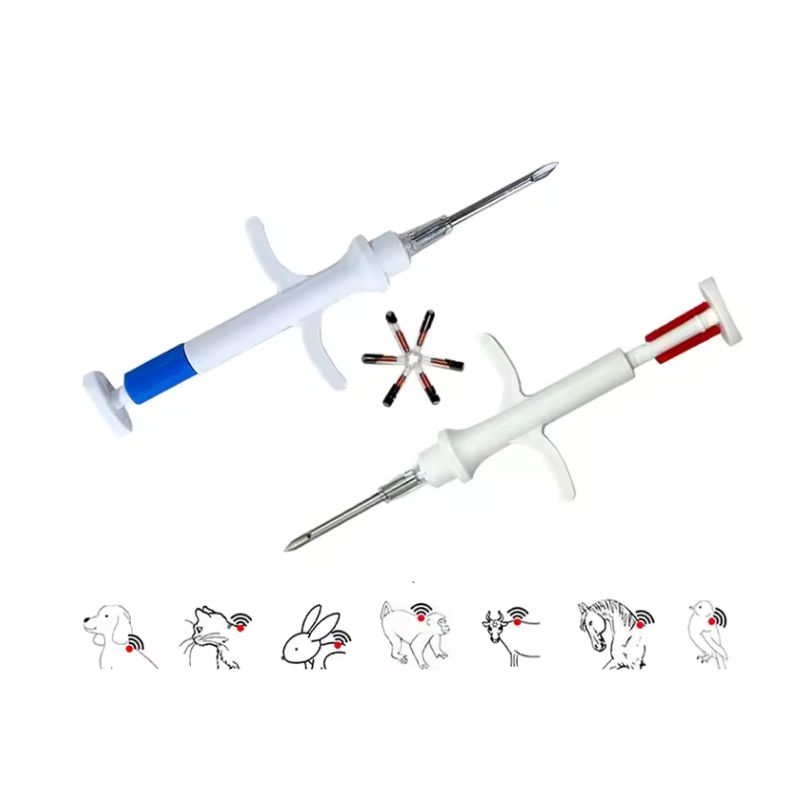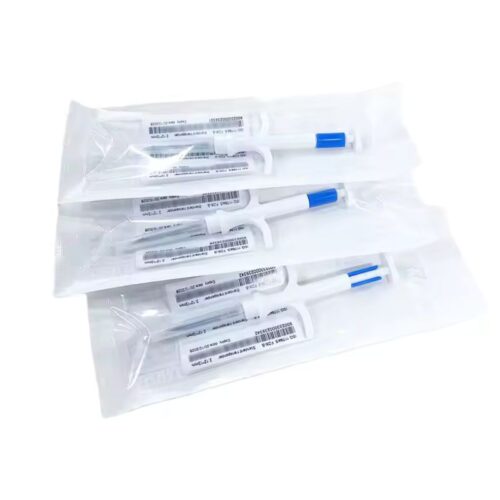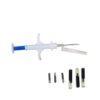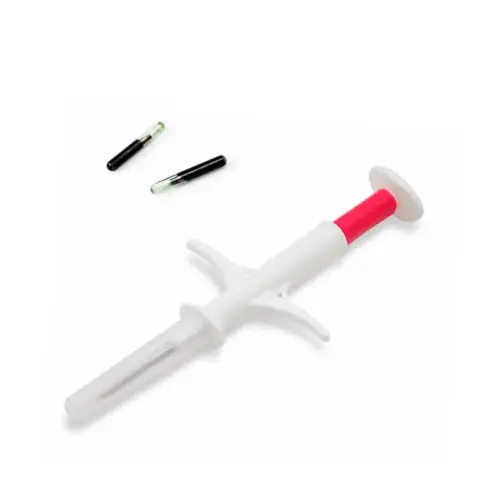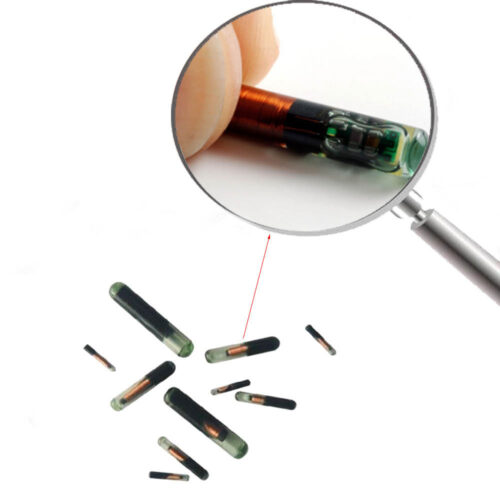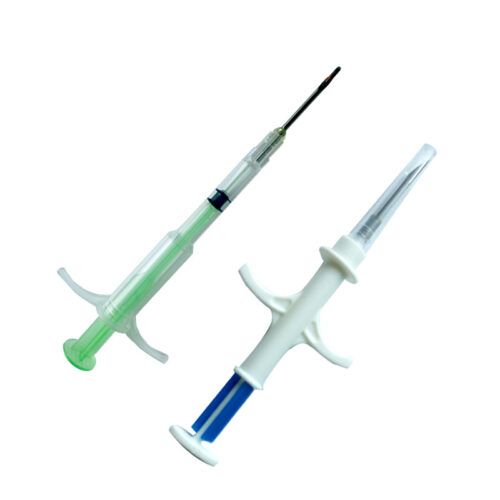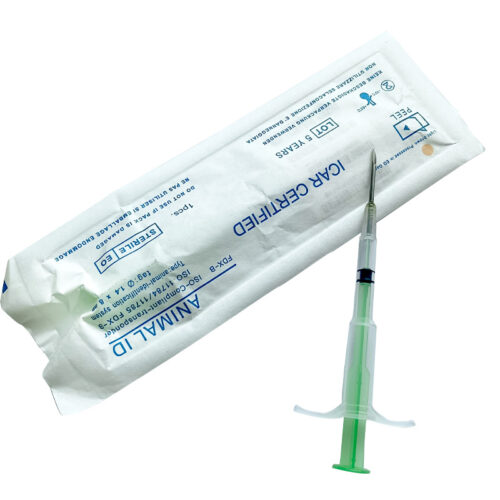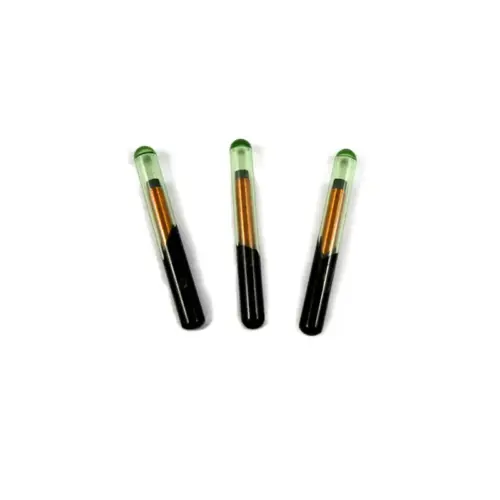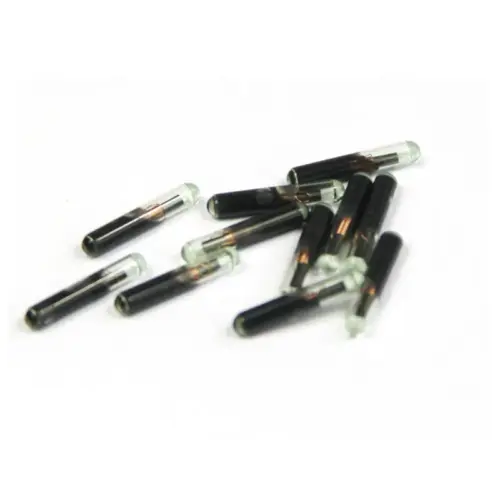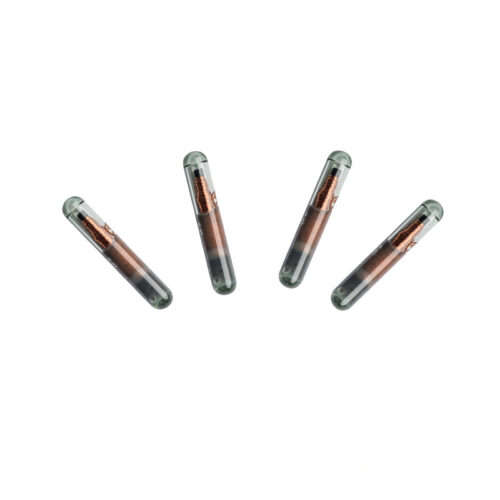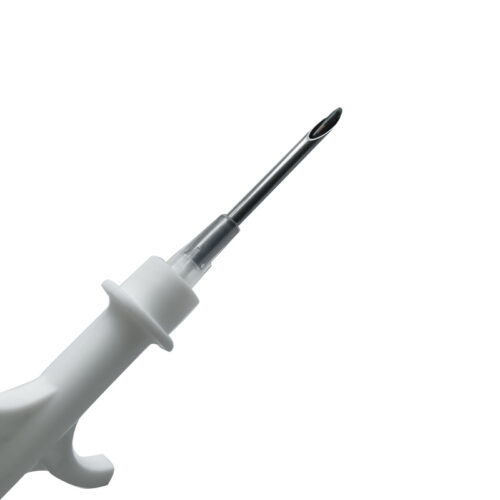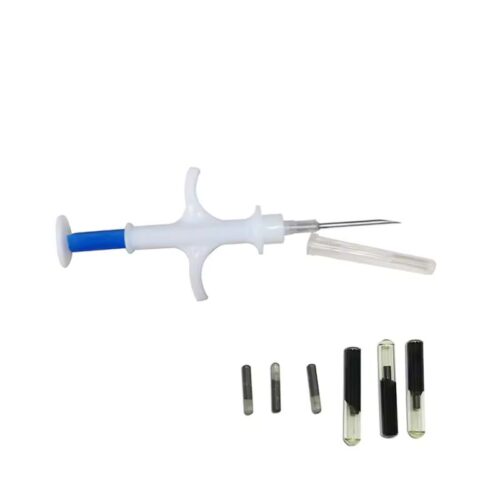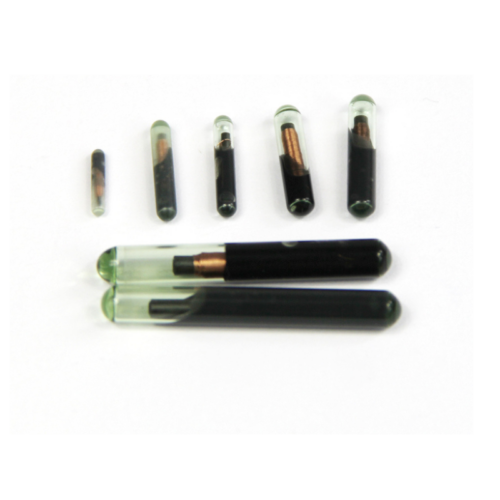Advanced Pet Wellness: The Injectable 134.2kHz RFID Temperature Chip for Identification and Health Monitoring
The landscape of pet care is continually evolving, with technological advancements offering unprecedented ways to ensure the safety and well-being of our animal companions. Among these innovations, the pet injectable 134.2kHz RFID temperature chip stands out. This tiny device combines the proven reliability of Radio Frequency Identification (RFID) for permanent identification with the crucial capability of monitoring an animal’s internal body temperature. This dual functionality provides a powerful tool for pet owners, veterinarians, and animal welfare organizations, moving beyond simple identification to proactive health management. The integration of a temperature chip into standard animal microchips represents a significant leap forward in understanding and responding to an animal’s physiological state.
What is a Pet Injectable RFID Temperature Chip?
At its core, a pet injectable RFID temperature chip is a sophisticated piece of micro-electronics, typically encased in biocompatible glass and designed for subcutaneous implantation. It builds upon the foundation of standard animal identification tags (like the EM4305 or EL8265A2 types) by integrating a sensitive temperature sensor. These chips operate passively, meaning they don’t require an internal battery. Instead, they are energized when a compatible RFID reader emits a low-frequency radio wave, typically at 134.2kHz. Once activated, the chip can perform temperature measurements, convert the analog temperature reading into a digital signal, and transmit this data, along with its unique identification number, back to the reader.
The data transmission adheres to international standards like ISO 11784/11785 FDX-B, ensuring compatibility across different reading systems. The microchip itself is minuscule, often around 2.12x12mm or 1.4x8mm, and is delivered via a sterilized syringe, similar to a routine vaccination. The bio-glass housing and often a parylene coating ensure the chip is well-tolerated by the animal’s body, minimizing any risk of rejection or discomfort. This makes the temperature chip a safe and permanent solution for both identification and health insights.
Key Features and Operating Modes: More Than Just Identification
The true innovation of the temperature chip lies in its versatile operating modes and enhanced features. Beyond simply confirming an animal’s identity, these chips offer dynamic temperature monitoring capabilities. Key operating modes include:
Active Uplink Transmission (Single Point): The chip can be programmed to repeatedly send the latest single-point temperature data stored in its memory, alongside the ISO 11784/11785 identification data.
Active Uplink Transmission (Group Data): Similarly, it can transmit a group of stored temperature readings, allowing for the observation of temperature trends over a short period.
Passive Downlink Response (Store): When a reader sends a specific temperature measurement command, the chip measures the current temperature and writes this new data into its memory.
Passive Downlink Response (Transmit): Upon receiving a temperature measurement command, the chip can measure the current temperature and immediately send it back to the reader.
These modes allow for flexibility in how temperature data is collected. The chip can measure real-time temperature at a single point or record temperature changes over time, effectively forming a temperature information tracking curve. It can measure temperature upon instruction from a reader or be set for timed measurements via an automatic wake-up state. This ability to log temperature variations is invaluable for detecting subtle changes that might indicate early-stage illness, stress, or recovery progress.
Applications and Benefits: Enhancing Animal Welfare and Management
The applications for injectable RFID temperature chips are extensive, primarily revolutionizing health monitoring for companion animals and livestock. For household pets like dogs and cats, it allows for non-invasive temperature checks, reducing stress compared to traditional rectal thermometers. This is particularly beneficial for anxious animals or for frequent monitoring, such as post-operative care or during illness. Veterinarians can quickly gather baseline temperature data alongside identification, streamlining check-ups and enabling faster diagnosis.
In high-end livestock management, these chips provide an early warning system for disease outbreaks, allowing for swift intervention and quarantine measures. They are also useful in monitoring the health of performance animals, like racing pigeons, where subtle temperature fluctuations can indicate fitness or stress. Beyond direct animal health, the technology finds use in areas requiring temperature tracking with identification, such as brand protection with log tracking or even specialized industrial environment monitoring. The overarching benefits include improved animal welfare through less invasive monitoring, enhanced diagnostic capabilities for veterinarians, proactive health management leading to better outcomes, and peace of mind for owners knowing their pet has both reliable identification and a built-in health indicator.
Technical Specifications Overview
| Feature | Specification |
| Chip Type | EM4305 (or similar) with integrated temperature sensor |
| Frequency | 134.2kHz |
| Standard | ISO 11784/11785 FDX-B |
| Microchip Dimensions | 2.12x12mm / 1.4x8mm (typical examples) |
| Housing Material | Biocompatible Glass |
| Coating | Parylene (often) |
| Injection Material | Polypropylene (Syringe) |
| Sterilization | EO Gas (Ethylene Oxide), typically 5-year guarantee |
| Encoding | 15-digit ICAR number (e.g., 900215xxxxxxxxx) |
| Additional Features | Temperature Sensing (various operating modes) |
| Data Transmission | TTF (Tag Talks First) with temperature data |
| Power Supply | Passive (activated by reader) |


